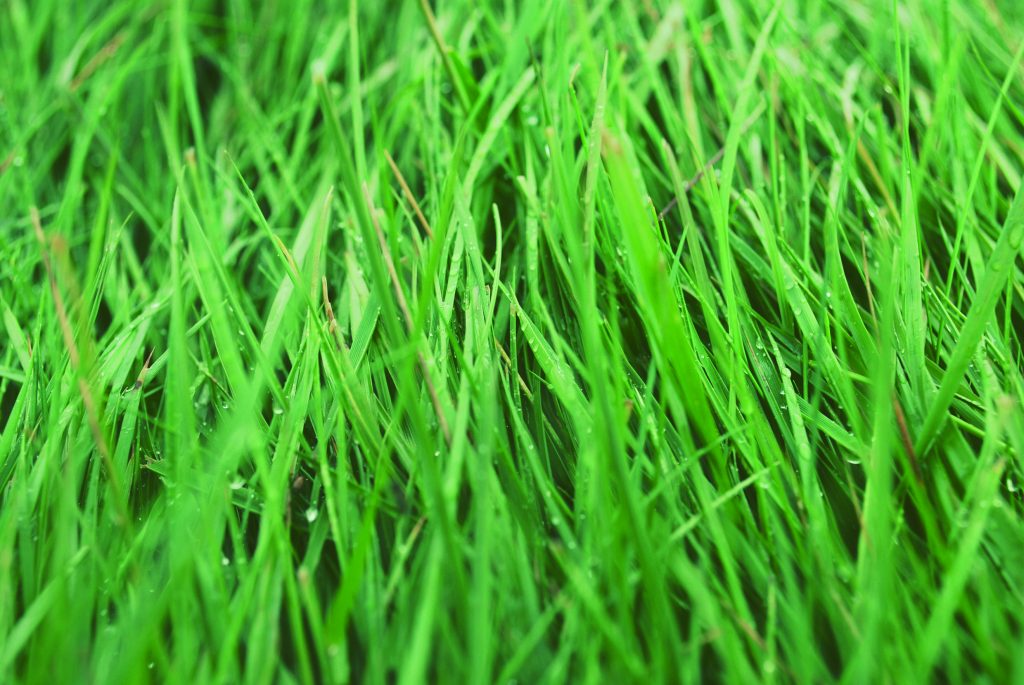
Now is the time to give your grass a bit of spring TLC if you want a lawn to be proud of this summer. Here are eight jobs to give it a lift – even just a few of these will be a step in the right direction.
- Rake leaves. Rake off any leaves and other garden debris built up over the winter.
- Give it a trim. As the weather warms up and your grass starts to grow again, you can start mowing. Choose a dry day and use the highest setting so as not to scalp the lawn.
- Remove weeds. Regular mowing will remove most of the annual weeds but not the pesky perennial weeds such as thistles and dandelions. Weed killer is an option, but I prefer to dig them out by hand, removing the whole taproot to avoid it re-growing.
- Scarify. This is where you rake off the ‘thatch’ – dead grass, debris and moss – one of the biggest problems with lawns. Use a wire rake and don’t worry if it leaves big bare patches – you can repair those later. Your lawn will benefit in the long run as scarifying lets in air and light and stimulates the grass roots into putting on side shoots and thickening up.
- Repair bald patches. Most lawns get problem areas where the grass has been worn away or died back, often under trees or in shady areas from lack of water or light. Don’t worry, these are easy enough to re-seed. First roughen the surface with a rake, then scatter the grass seed – choose a suitable mix such a hardwearing mix with ryegrass or one for shade. Then lightly sprinkle soil over the surface to protect the seeds from the birds and to give them extra moisture to germinate.
- Edge your lawn: Neatening up the edges will give your lawn an instant facelift. A spade will do but a lawn edger makes things easier – especially on curves. A good trick for repairing a tatty edge is to cut a square piece of turf around the damaged edge, flip it round so that the straight line is on the edge side and looks nice and crisp – then re-seed the damaged bit as above.
- Aerate. This is one of the best things you can do for a lush, healthy lawn. Most lawns get compacted – especially those on heavy soil and in areas where kids run up and down. Aerating –creating holes in the lawn – allows water, air and nutrients to get to the roots. You can get special hollow tine forks for this, but a garden fork is fine. Work across the lawn making holes a few cm deep, then brush sharp sand into the holes to improve drainage. Aerating is hard work, but is easier early in the season while the ground is still soft. And by encouraging your grass to grow more densely makes it harder for weeds and moss to grow.
- Feed your lawn. At this time of year you need a spring feed with more nitrogen to replace what’s been lost over the winter. You can buy organic fertilisers from chaseorganics.co.uk. The best time to feed your lawn when the grass is wet or rain is predicted.

